STEAM: An Integrated Approach to Learning
Tom Collins is BISC Lincoln Park's Head of Science/STEAM.
STEAM: An Integrated Approach to Learning
“This term we have done away with science!”
The look of horror on the faces of the budding scientists said it all. How could we be so heartless as to take away their much loved subject? The very subject that has them skipping into the labs with beaming smiles and various oddities brought in from home to share.
“And we are replacing it with STEAM!”
This announcement caused puzzled looks. What was STEAM?
“Oh, it’s when water boils and goes fluffy.”
“It’s when water evaporates.”
I assured them that both of these answers were, in some sense, correct but when I added that each letter represented a different word, the penny dropped. Slowly but surely they figured out the acronym—ping! That little light bulb went off and the children realized that they would still get science, though in a much richer fashion.
This has been the scene in almost all of my classes this week, as we launch our first STEAM project: to build a whole school Rube Goldberg machine as part of a Global Challenge amongst our family of international schools.
Named after the American cartoonist, Rube Goldberg (RG) machines complete seemingly simple tasks in a most convoluted way. In 1931, the Merriam Webster dictionary added Rube Goldberg to its pages:
adj. accomplishing something simple through complicated means
His designs inspired such wonderful creations such as the complex machine featured in Ok Go’s music video, “This Too Shall Pass,” and the multitude of breakfast machines featured in children’s films.
The real challenge wasn’t inspiring the class with a RG machine. That was simple (see fig. 1). The real challenge was figuring out just how to implement this, maintain the integrity of the curriculum and provide the opportunity for children make connections between Science, Technology, Engineering, Art and Math (STEAM).
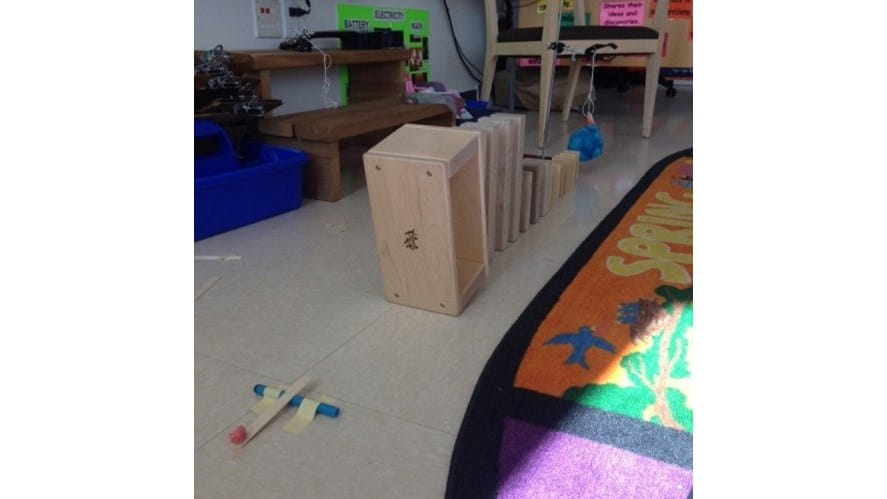
Fig. 1 pendulum. dominoes, blocks, bigger blocks, lever and plastic pig. A ‘flying pig’ Rube Goldberg machine.
Integrated Learning
“To develop a complete mind: study the science of art; study the art of science. Learn how to see. Realize that everything connects to everything else.”
Leonardo Da Vinci
The idea of integrated learning is by no means a new thing; I’m sure it makes up most of our own, most treasured, school memories. The knowledge and skills which can be applied and shared across subjects come into a sharper focus when we adopt a STEAM mindset. True integration comes when we take two or three connected learning objectives and plan a meaningful, achievable activity. It doesn’t happen overnight mind you, at first you need to train the children to look for links between the individual engines of STEAM by pointing them out. Making them aware of how that measuring they’ve been doing all week in math is crucial to gathering data in our science project and that the piece of art they have been looking at contains Fibonacci sequences. However after a while, they learn to see the links for themselves. This metacognitive growth is what a STEAM project, with true curricular integrity, can foster.
It stands to reason then that a RG machine Global Challenge embodies the very essence of STEAM. It allows the children to design something which they can apply the scientific method to when testing ideas, uses technology in innovative ways. It lets them engineer solutions for problems like rolling a ball up a ramp, create artistic composition in how the machine looks sounds and moves, and apply math to accurately measure angles, distances while manipulating geometry to solve spatial problems. Add to this the growth of an independent, resilient confident learner, and you have truly integrated learning and pupils preparing for success in life.
The privilege of allowing this innate, evolving awareness of how everything is connected to develop, and encouraging learners to see the subjects spilling into each other, like an artist’s palate, is part of what makes teaching a most rewarding profession.



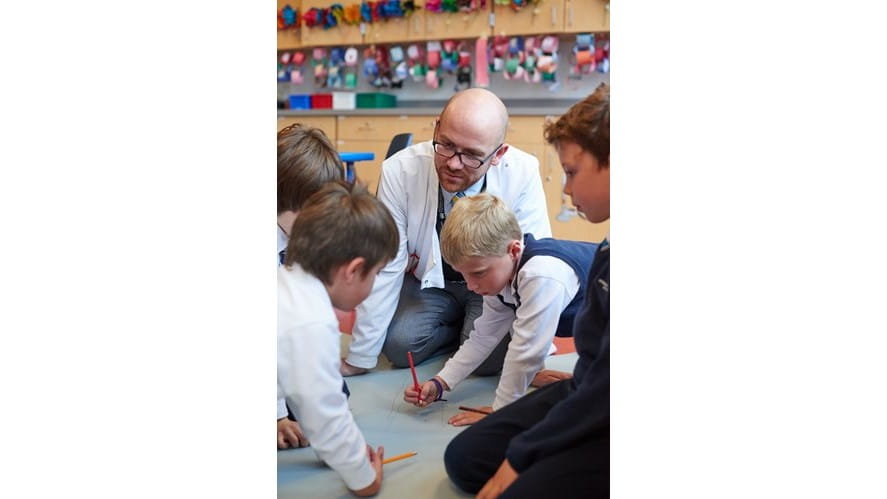
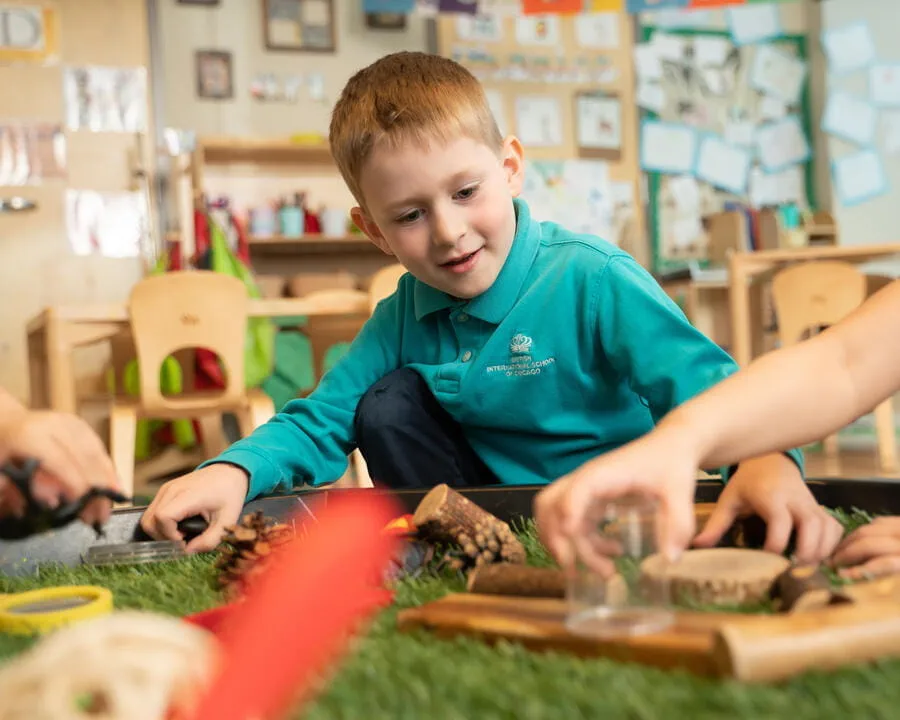

/blog-banner-1280-x-720.png?h=720&iar=0&w=1280&rev=16a05aefba4045d9990a53f442785685&hash=6B05FC5D5038D38284BABCEC2067DB8E)
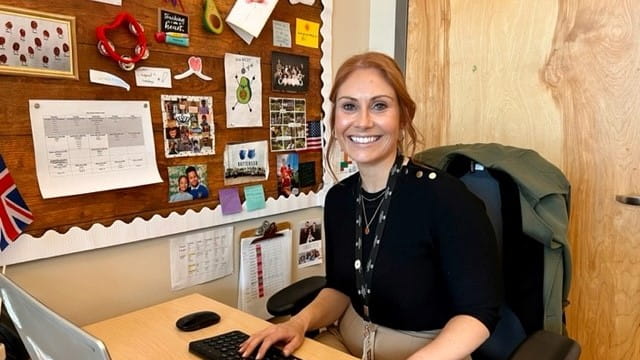
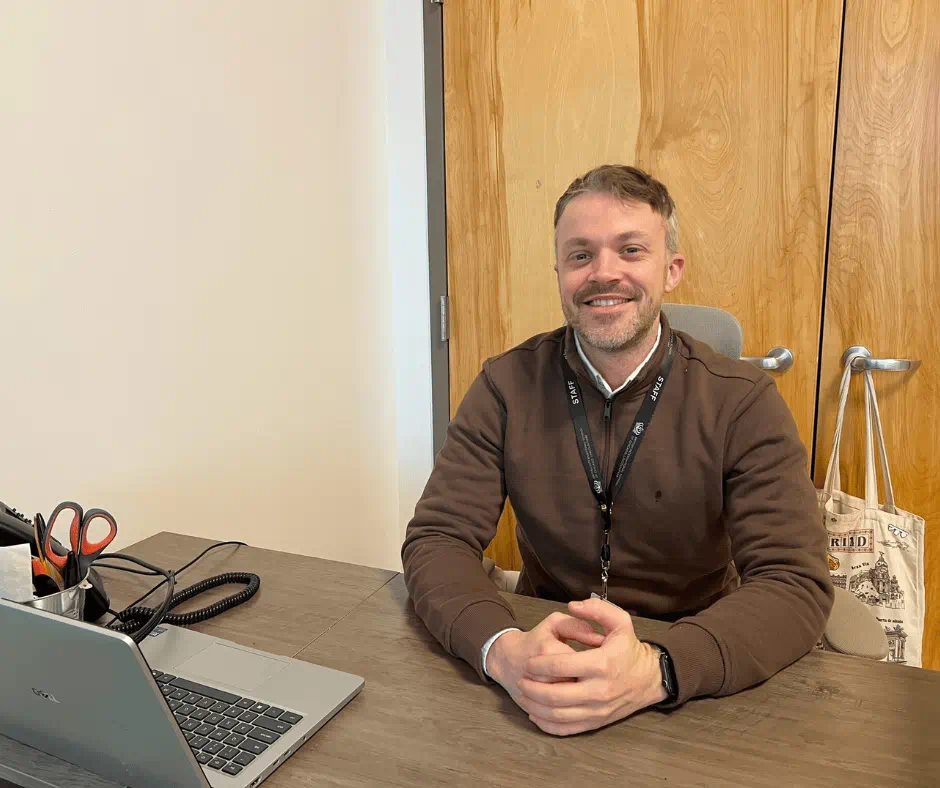
.png?h=788&iar=0&w=940&rev=d90cba9b09fb4c8fab7fac061b6b1f8b&hash=6370E2794516618F223C4FD12B4A6659)